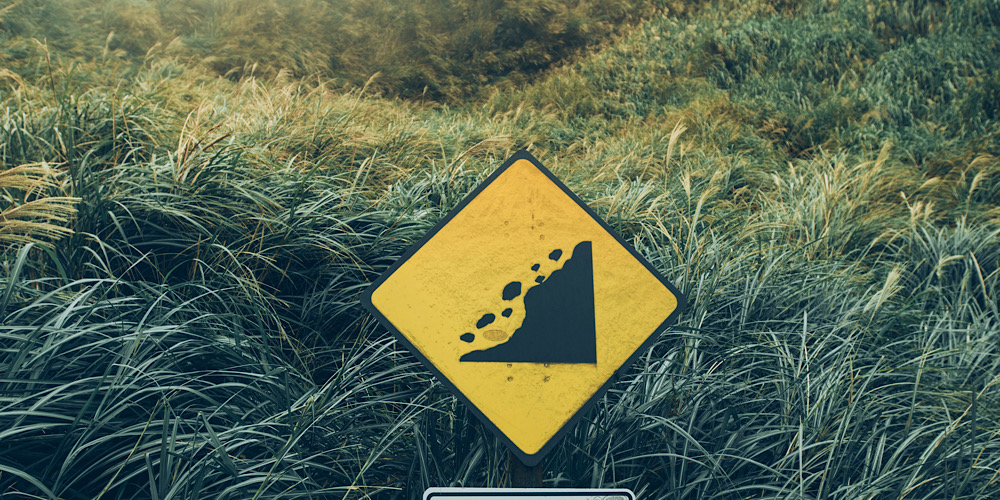
Landslides can be extremely destructive, especially when failure is sudden or the velocity is rapid. Instrumental monitoring to detect movement and the rate of movement can be difficult but the necessary precautions to prevent greater risk can be mitigated. The Kyoto Landslide Commitment (KLC2020) aims to provide key actors and stakeholders with the tools, information, platforms, technical expertise and incentives to promote landslide risk reduction on a global scale.
The ISC is a signatory of KLC2020, which launched on 5 November 2020 as a part of the Sendai Landslide Partnership 2015-2025 (‘the Sendai Framework’).
“All KLC2020 partners are organizations who strongly contribute to understand and reducing landslide disaster risk and who will share their expertise and knowledge in order to build a common platform for sharing ideas, good practices and policies with key actors and stakeholders concerned with landslide risk at the global level.”
– Nicola Casagli, president-elect of the International Consortium on Landslides
This collaboration supports the ISC’s Action Plan project, Science and the Sendai Framework for Disaster Risk Reduction. The plan aims to accelerate implementation of the 2030 Agenda for Sustainable Development through support for interactions-based research and policy prioritization and programming at all levels of governance.
KLC2020 specifically promotes landslide risk reduction. Landslides are a serious geological hazard, and may result in landslide disasters that threaten vulnerable human settlements and infrastructure in areas near mountains or slopes. With climate change creating an increase in the frequency and/or magnitude of heavy rainfall events, as well as permafrost and glacier depletion, the risk of landslides is increasing. The long-term trend over the last 40 years has seen the number of major recorded extreme weather events – notably floods, storms, landslides and wildfires – almost double.
KLC2020 prioritizes specific actions that will help reduce landslide disaster risk, these include:
As a commitment to combat hazard risk reduction, the ISC in partnership with the United Nations Office for Disaster Risk Reduction conducted a review of hazards definitions through a broad consultative process. This led to the publication in July 2020 of the Hazard Definition and Classification Review Technical Report.
The ISC joins other signatories in partnership with the KLC2020, including United Nations Educational, Scientific and Cultural Organization (UNESCO), World Meteorological Organization (WMO); Food and Agriculture Organization (FAO) and United Nations Office for Disaster Risk Reduction (UNDRR).
New Hazard Information Profiles to be launched soon. Sign up to be the first to receive them:
In the coming months the ISC and the UNDRR will be publishing a comprehensive list of Hazard Information Profiles (HIPs). To be the first to receive notification of the new HIPs, please sign up to the ISC’s Hazard Community newsletter.
Photo by Treddy Chen on Unsplash